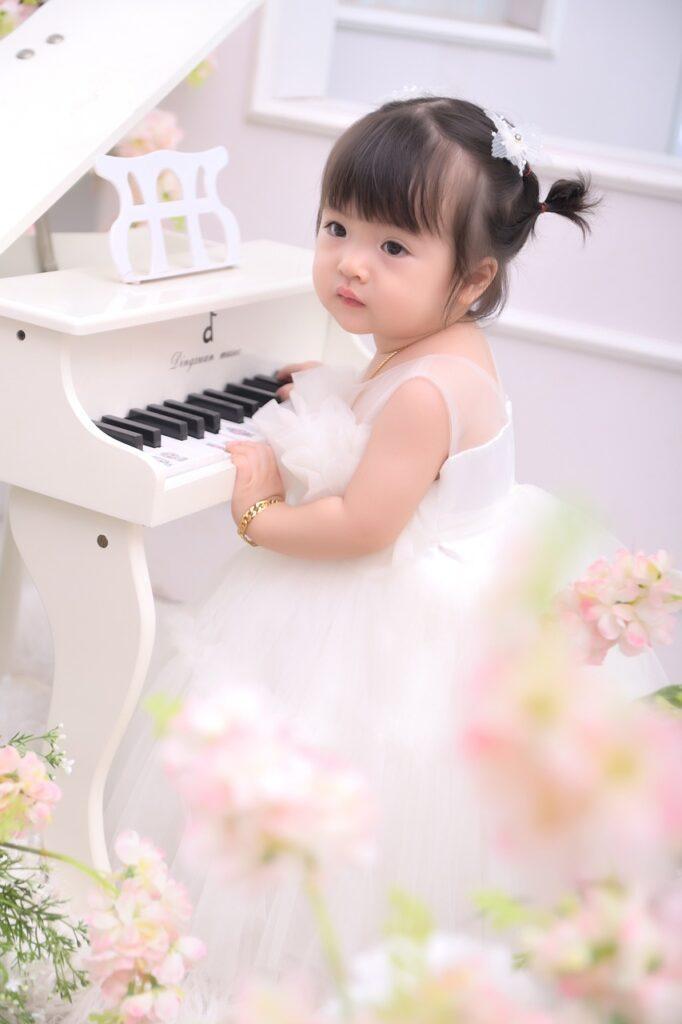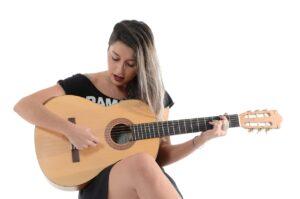Estimated reading time 3 minutes
Table of Contents
Is the Suzuki Music Methodology Bad for Learning Piano #1: What Do You Want Out of Piano Lessons?
“Is the Suzuki music methodology bad for learning piano?” Well, it really depends on what you want out of lessons. Like with many things, Suzuki music does some things well, and others poorly. Keep reading to learn the pros and cons of the Suzuki methodology when teaching children music.
This article uses musical terms. For definitions, see the Glossary at the end of the post.
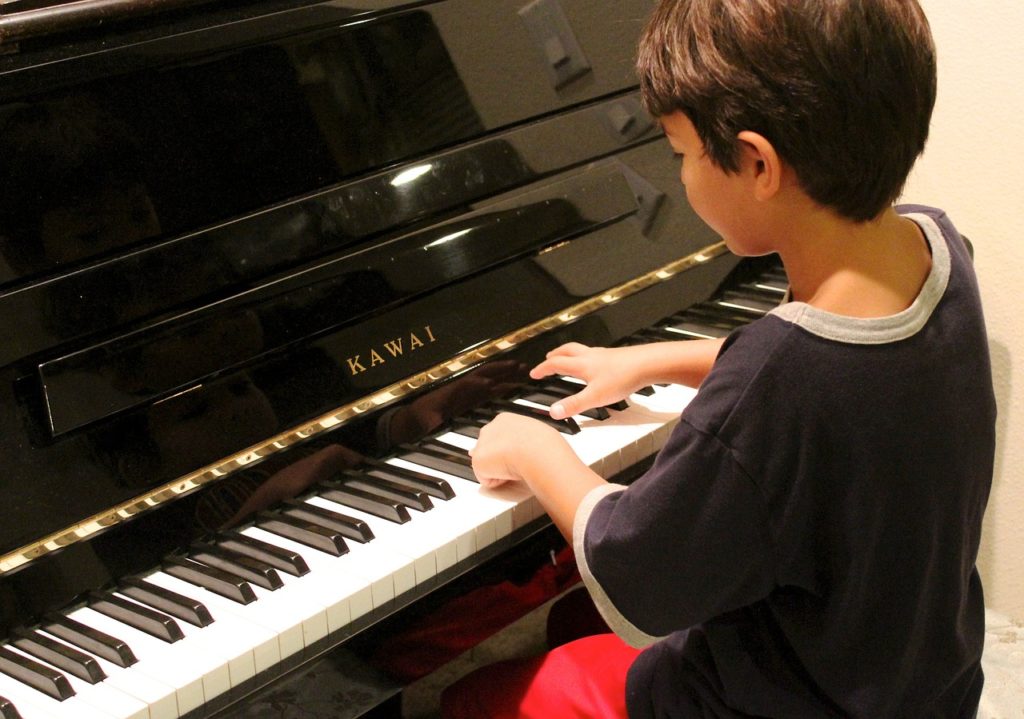
Is the Suzuki Music Methodology Bad for Learning Piano #2: What Do Musicians Say About Suzuki?
“Is the Suzuki music methodology bad for learning piano?” Look online, and you can see that sight reading can be a problem because the Suzuki method introduces reading late in the learning process. Hear what music teachers say:
What is the general consensus about using the Suzuki books and reading music? The books don’t show the student [how] to read music until about book 4. (Fiona Lloyd)
I went to school with a number of students who learned the Suzuki method. They were some fine musicians, but they couldn’t sight-read music to save their lives. (Paul Saganski)
Why can reading be a problem for Suzuki students? Because the culture Suzuki came from isn’t focused on reading:
…to teach his own violin method (the “Suzuki method”), Suzuki Sin’ichi (1897-1998) established a Western-type training system. When the idea of such a Western-type training was transplanted to Japan, it was structured so as to adapt the framework of traditional oral transmission, which is very common in the East. (Garland Encyclopedia of World Music: East Asia 50-51.)
The culture the Suzuki music method evolved in didn’t value reading music to the same degree as Western musicians.
- The method prioritizes performance over music literacy.
- For example, I had one colleague who had a Suzuki trained piano student, and he felt she played better than any of his other students.
- The key point: “They were some fine musicians, but they couldn’t sight-read music to save their lives.”
So, when choosing a teacher, you need to think about your goals.
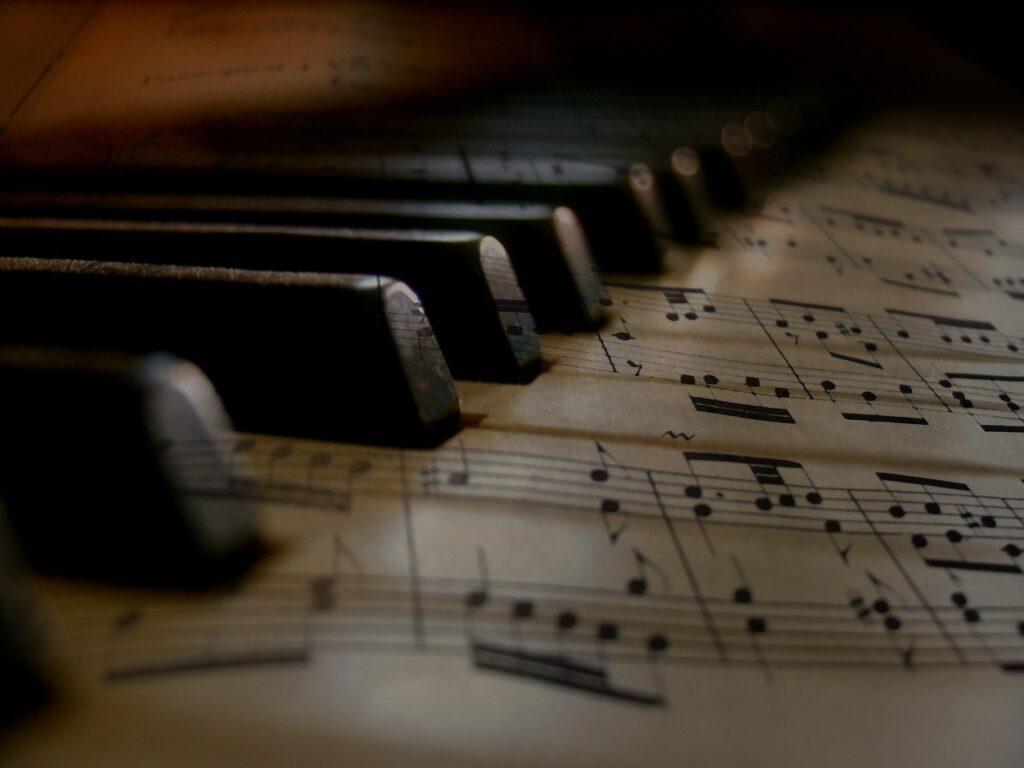
Is the Suzuki Music Methodology Bad for Learning Piano #3: The Middle Ground
“Is the Suzuki music methodology bad for learning piano?” Rote learning remains both Suzuki’s greatest strength and greatest weakness.
- Though Suzuki students can learn to read, not all Suzuki students turn into readers.
- Why? Because Suzuki emphasizes learning by ear.
- So, when students start to learn music notation, many of them become unhappy when their ability to play outstrips their ability to read.
Western Philosophy:
- I’ve taught students whose parents had become frustrated with the lack of progress with reading in Suzuki lessons and so brought them to me.
- In Western music education, we teach the student to read first and then we teach the music.
- The problem with this being that if students struggle to read, they get cut off from learning music.
Eastern Philosophy:
- On the other hand, Suzuki comes from an eastern philosophy.
- They value rote learning over note reading.
- The best Suzuki teachers can teach their students to read, but kids do fall between the cracks.
The Middle Ground:
- I like color coding the score for just this reason. It creates a middle ground where the students don’t have to master the score before being able to learn music.
- At the same time, the students will interact with the score in meaningful ways.
- Actually, I like the Suzuki method books well enough. However, when teaching out of Suzuki method books, I color code the sheet music in conjunction with some rote learning.
Therefore, music teachers can use color coding as a bridge to help reluctant readers master reading music:
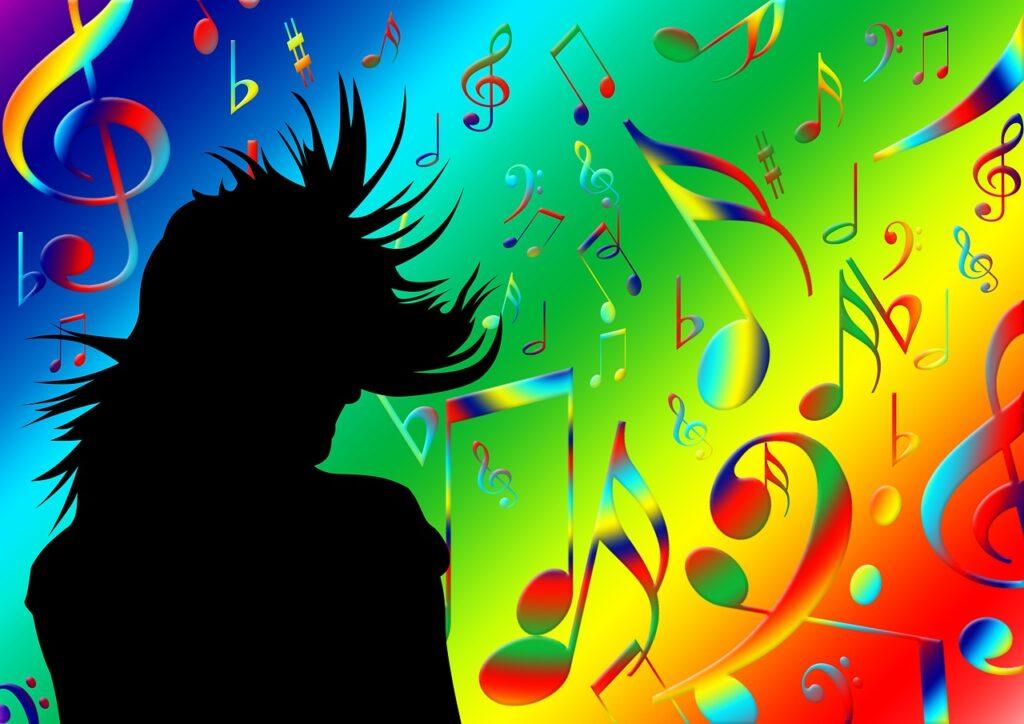
Is the Suzuki Music Methodology Bad for Learning Piano #4: Final Thoughts
“Is the Suzuki music methodology bad for learning piano?” An argument can be made either way. However, I like to think of it in terms of pros and cons.
- Pro: Suzuki can get students playing well quickly.
- Con: Acquiring sight reading skills will be uncertain.
- You need to know what you want from music lessons and decide if what Suzuki has to offer will be what you want.
Have fun playing!
Related Posts
- How Does Your Brain Learn to Play the Piano with Two Hands?
- Do I Really Have to Learn Music Theory to Learn How to Play Piano?
- Should I Learn to Play the Piano One Hand at a Time or Simultaneously?
- How Do I Avoid Tension in My Wrists When Playing Piano Arpeggios?
- Tips for Playing a Different Dynamic in Each Hand on Piano
- D’you Want Some Music Tips and Tricks I’ve Learned Over the Years?
- Why Doesn’t My Hands-Separate Piano Practice Help with Hands-Together Playing?
© 2023 Geoffrey Keith
Join me for in-person or online lessons today!
Back to the All-Purpose Music Tips and Topics category blogs page
Glossary
The 2022 Success Music Studio Student Showcase
Announcing the 2022 Success Music Studio Student Showcase. We invite you to a free concert showcasing the talents of our students. Estimated reading time 1 minute.
Read MoreHow to Graduate from the Color Coded Sheet Music: Part 2
Has your child or student shown readiness to move on from color coded music notes? The "How to Graduate from Color Coded Music Notes" series will explain how it works. Read more to learn how to transition from the color coding to the clef mnemonics, empowering students to graduate from the color coded sheet music. Estimated reading time 4 minutes.
Read MoreLearn the Secret of How to Sing Consonants
Do you need to know how to accurately sing consonants? Do you want people to be able to understand your song lyrics as you sing? Diction is the study of how to accurately sing lyrics. Vowels are critical for your tone and your tuning. However, you need to also pay attention to your consonants, or no one will understand what you’re singing. Keep reading “Learn the Secret of How to Sing Consonants” to find out what they are and how to sing them. Estimated reading time 5 minutes.
Read MoreTips for How to Stay Calm and Cool Before a Concert
Do you want tips for how to stay calm and cool before a concert? Today’s post contains two tips to help keep your nerves at bay. Click to learn how it works. Estimated reading time 2 minutes.
Read More
